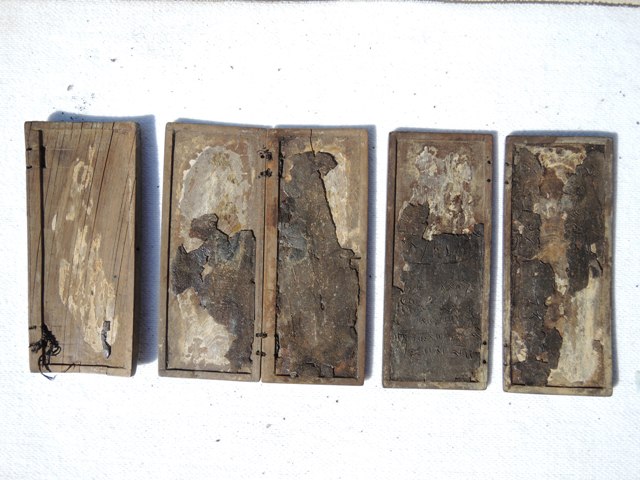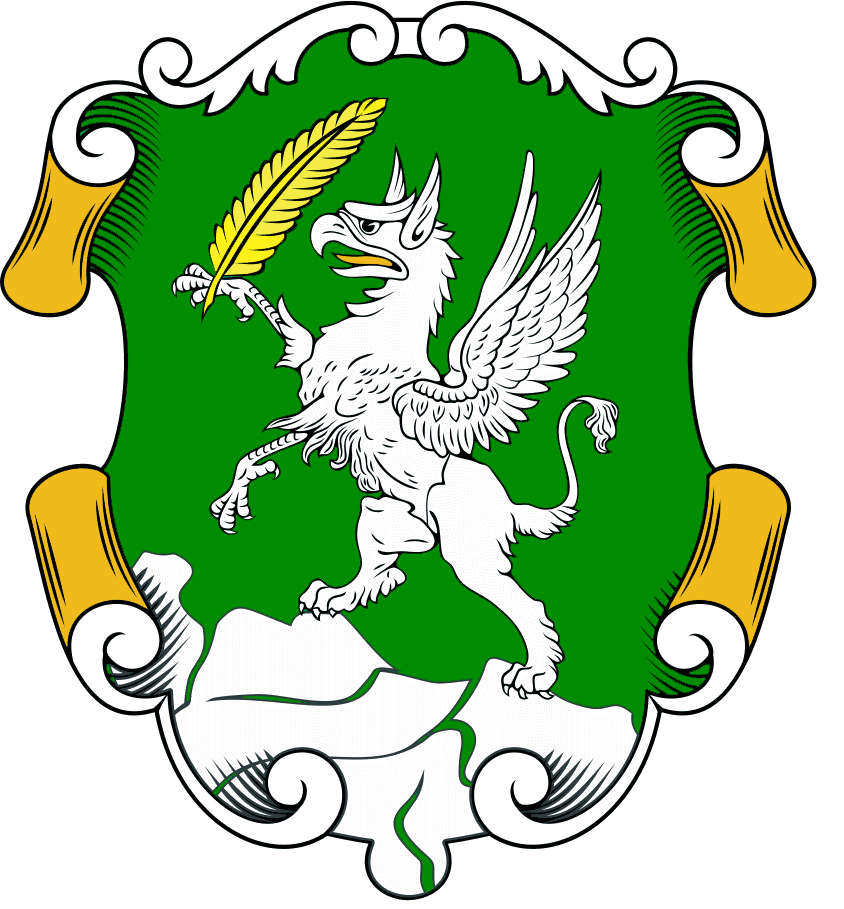
A new study of five wax tablets from the Second Century, found in the Albanian city of Durres, offers fascinating insights into the role of women in ancient Illyrian culture.
When Albanian archaeologist Fatos Tartari excavated the ancient necropolis of Durres in 1979, he came across a staggering find. In the Roman concrete basement of the monumental tomb lay buried a glass urn filled with a black liquid resembling wine, containing two styluses, an ebony comb and five wax tablets used for writing, which were in good condition.
“The monumental complex was a rare find, starting from the fact that the wine had not evaporated for nearly two millennia,” explained Eduard Shehi, an archaeologist at Albania’s Institute of Archaeology, in the city of Durres.
“The fact that the wax tablets were preserved in very good condition inside the liquid is a strange chemical occurrence that should be analyzed and understood,” he added.
The tablets were stored in the archaeological museum in Durres for more than 40 years, but last year, because they were in serious need of restoration, they were transferred to the museum of Mainz in Germany, a world-renowned archaeological center. In Germany, the restorers were surprised to find that underneath their wax coating, the tablets were not made of wood as previously thought but of ivory, which renewed interest in their study. Back home after a careful restoration process, Albanian and German archaeologists have been slowly and painstakingly deciphering the writing on the tablets, revealing fresh details about the life of the former Roman colony of Dyrrachium in the second century AD.

Albania’s main port city of Durres, known in antiquity by the names Dyrrachium or Epidamnos, has been continuously inhabited since the seventh century BC. After the Illyrian Wars with the Roman Republic in 169 BC ended in a decisive defeat for the Illyrians, the city passed to Roman rule, under which it was developed as a major military and naval base. The discovery of the tablets with the wax still intact is highly unusual because ivory contracts as it loses moisture and detaches from the wax, which then eventually crumbles.
“The find of an ivory wax tablet is unique for Albania, there only a few found in Egypt, but none in continental Europe,” he said.
In antiquity and throughout the Middle Ages, such tablets were used for writing on using a stylus. Because of the comb and other artefacts found in the tomb, it is believed to be that of a rich and possibly aristocratic woman. When first discovered, the tablets were believed to be a marriage contract or an act of inheritance. However, more recent scrutiny by researchers has found that they are actually books of debts, with the exact dates when the money was lent and the amount, including interest.
“In some cases large debts are recorded, up to 2,000 denarii,” Shehi said.
“In comparison, the yearly salary of a Roman soldier at the time was only 200 denarii – Roman silver coins,” he added.
According to Shehi, analysis of the writing has revealed that only one person registered the debts, believed to be the woman buried in the tomb.
“Although the tablets are still being studied, the colossal sums of the debts reveal not only the economic power of the city but also bring a new dimension to the social role that women played in it,” he said. Shehi noted that in ancient Greece, women were confined to the house and were often only considered important for reproduction. But the wax tablets support ancient writers’ accounts that in Illyria, women were more equal to men than anywhere else, he suggested.
“There are ancient writers’ accounts of Illyrian women going with their husbands to a banquet, drinking with them and even raising a toast, something unacceptable in ancient Greece or Rome,” he said.
“When a woman has control over her finances, has the right to do business, the right to property and inheritance, she is not a slave to a man,” he added.
It’s unclear why this ancient woman from the second century AD took her debts to her grave to be buried with her. Shehi said that it might be linked to the idea of the continuity of life after death.
“If her role in life was that of a moneylender, it was perceived that she would continue to do the same thing after she died and maybe collect the debts in money or favours in the afterlife,” he suggested.
Source: balkaninsight.com





